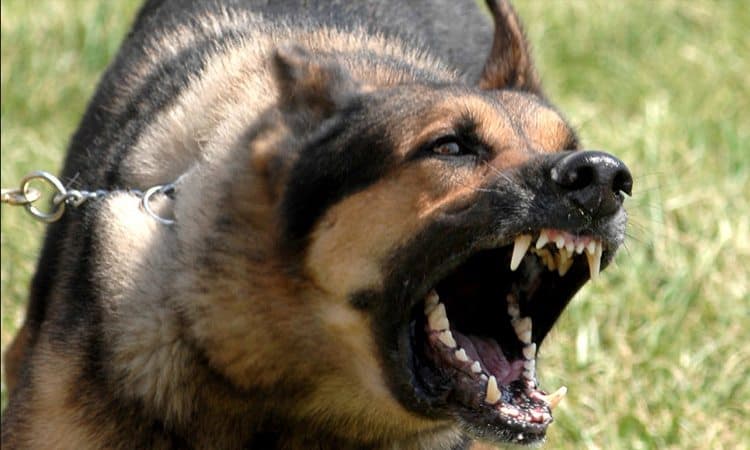If you are an avid movie fan, you might remember the movie “The Power of the Dog” with some nostalgia.
The words in this title have been made famous in the world of arts and literary works.
However, these words originally came from a bible passage.
What do they mean and how did they come to conjure themes for captivating plots for movies and novels?
In this post, we take you on a journey to explore these evocative words, their origin, and their rich biblical meaning.
The Bible Verse
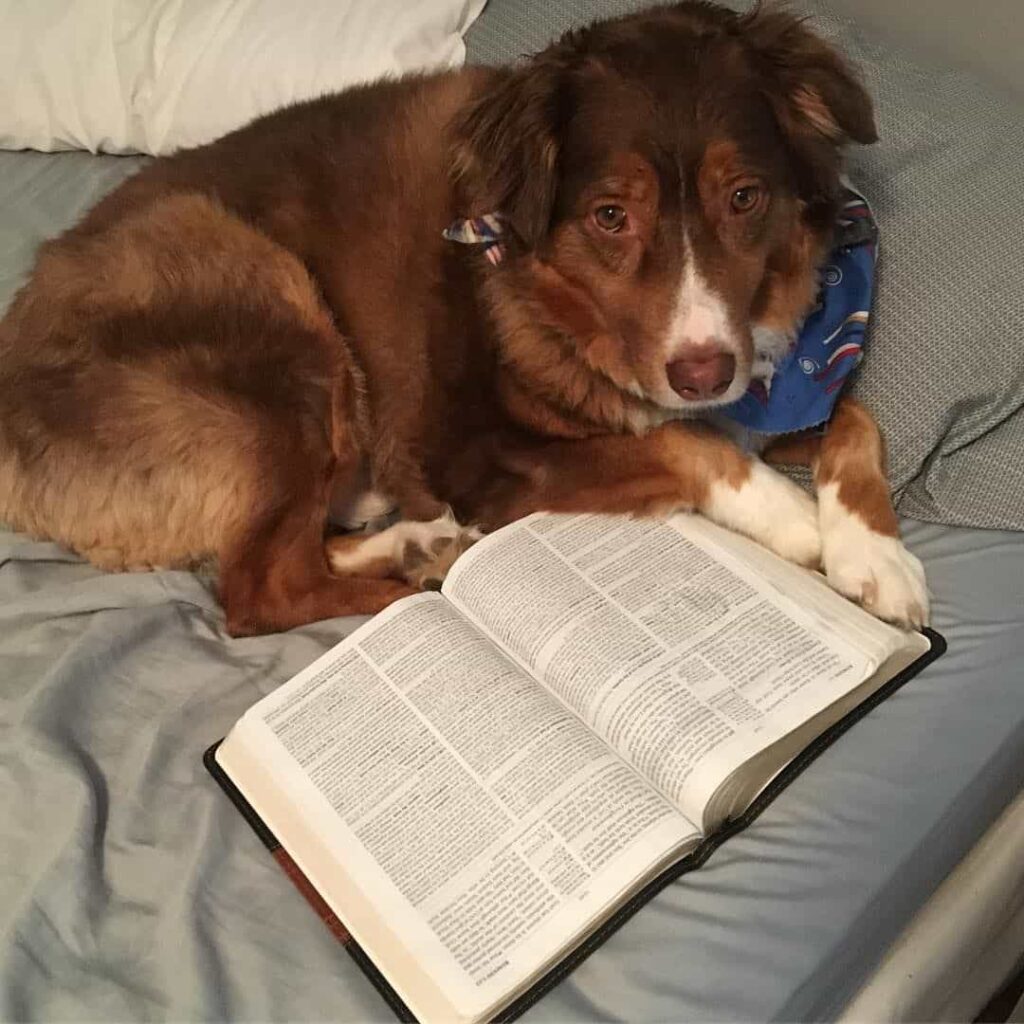
The words “Power of the Dog” comes straight from a biblical verse in Psalms 22 which is an Old Testament book:
“Deliver my soul from the sword; my darling from the power of the dog.”
Reading from the beginning of Psalms 22 helps to put the line into context.
The entire chapter is 32 words long.
And it is attributed to a person, going through a period of personal turbulence in which he is being tormented by enemies. He is imploring God to save him from the ordeal.
The passage finishes with an outpouring of thanksgiving to God for the rescue.
This passage uses an Old Testament mirror image pattern called chiasma. It’s a type of writing that uses reversals in the order of words.
For example, in the popular statement, “when the going gets tough, the tough get going”, the words “tough” and “going” are used in a reverse pattern.
Here is the chiasma in Psalms 22.
- Psalms 22:12: “Many bulls surround me; strong bulls of Bashan encircle me.”
- Psalms 22:13: “Roaring lions that tear their prey open their mouths wide against me.”
- Psalms 22:16: “Dogs surround me, a pack of villains encircles me; they pierce my hands and my feet.”
These words described how the person is being besieged. They are followed later by another 2 more verses that record the person’s anguished plea for his rescue.
- Psalm 22:20: “Deliver me from the sword, my precious life from the power of the dogs.”
- Psalm 22; 21: “Rescue me from the mouth of the lions; save me from the horns of the wild oxen.”
The first 3 verses have the order bulls, lions, and dogs which is reversed in the next two verses with dogs, lions, and bulls (wild oxen), thus completing the full circle.
These animals refer to the same character—who is the enemy pursuing the person making the prayer.
The identity of the tormentor and the persecuted person varies depending on Jewish and Christian (Catholic, Orthodox, Lutheran, Anglican, Protestant) interpretations or traditions.
King David
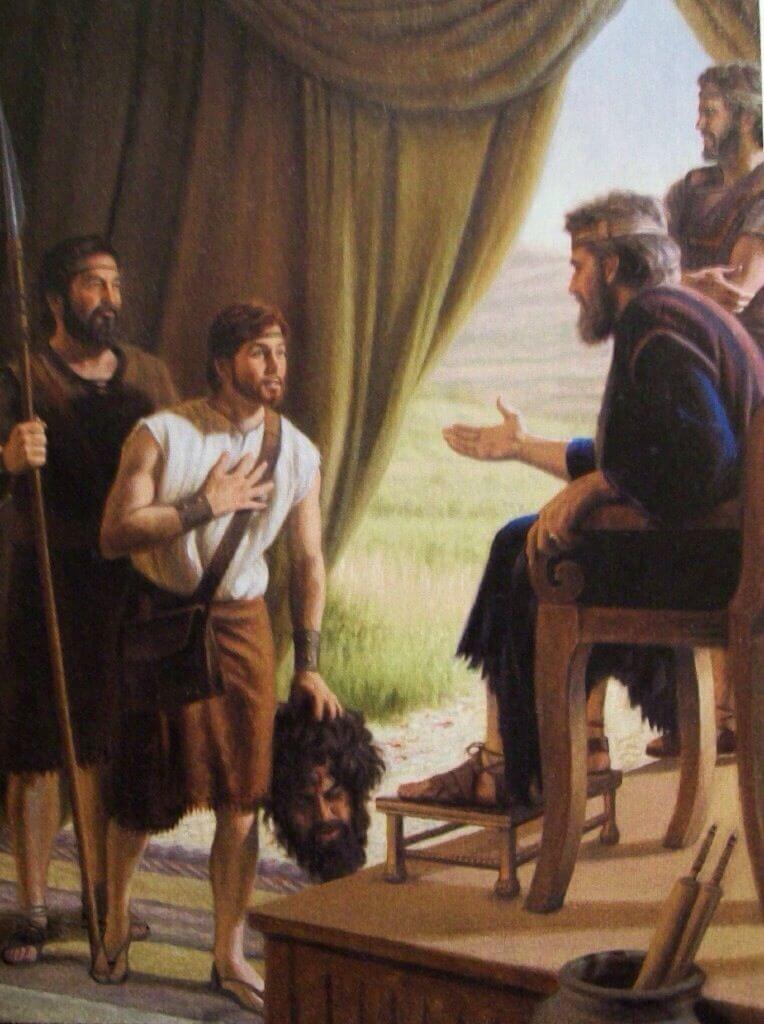
Among the Jewish, Psalm 22 is found in the 3rd section of the Tanakh, which is the Jewish Hebrew Bible.
The Tanakh has 3 sections, i.e. Torah (instruction), Nevi’im (prophets), and Ketuvim.
Jews identify the person making the prayers in Psalm 22 as King David.
David’s life was filled with turmoil both before and after he ascended the throne of Israel.
His most determined and dangerous enemy was his predecessor King Saul, the king of Israel.
Saul tried to kill David out of jealousy because of God’s promise that he would take the kingdom away from Saul and give it to David.
When David finally became king, he was further plagued by civil war when his own son, Absalom led a conspiracy to take away his kingdom.
David’s pursuers who are King Saul and his soldiers as well Absalom’s henchmen are the“power of the dog”.
Queen Esther
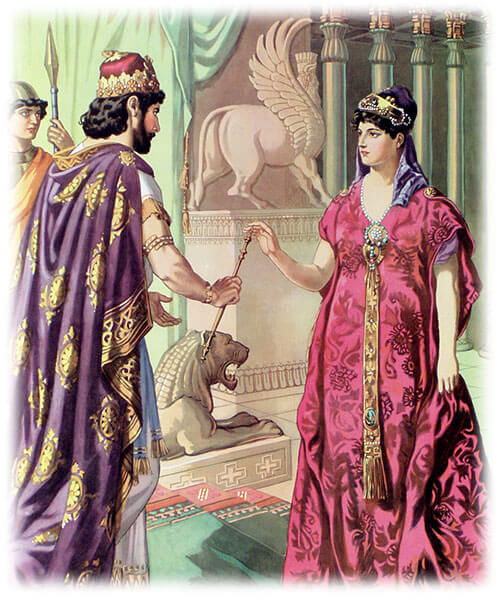
Some Jewish groups such as the Midrash, Ashkenazi, and Sephardi Jews in Judaism apply the passage to Queen Esther.
They recite it when observing the Fast of Esther which is the day before the festival of Purim.
Queen Esther was a Jewish queen who was married to Xerxes, the king of Persia.
Her reign was during a vulnerable time for the Jewish people who had been exiled from their original homeland years before and were living in Persia as foreigners.
Haman, a powerful Persian official who enjoyed influence with King Xerxes hatched a plot to kill all the Jews in Persia.
Queen Esther, whose Jewish identity was unknown to Hiram and the king, heard of the plan.
She agonized over how to save her people.
According to this account, as Esther proceeded along the palace hall to make her plea to the king, she was overcome with a feeling that the presence of God had left her.
This made her cry out the words, “My God, my God, why have you forsaken me,” which are the words that Psalm 22 opens with.
Esther eventually manages to persuade the king to save her people and exposes Haman’s plan to him.
The king orders Haman’s execution and reverses the order he had earlier given under Haman’s influence to kill the Jews.
The power of the dog in this case is Haman and his associates who were trying to kill the Jews.
Crucifixion of Jesus
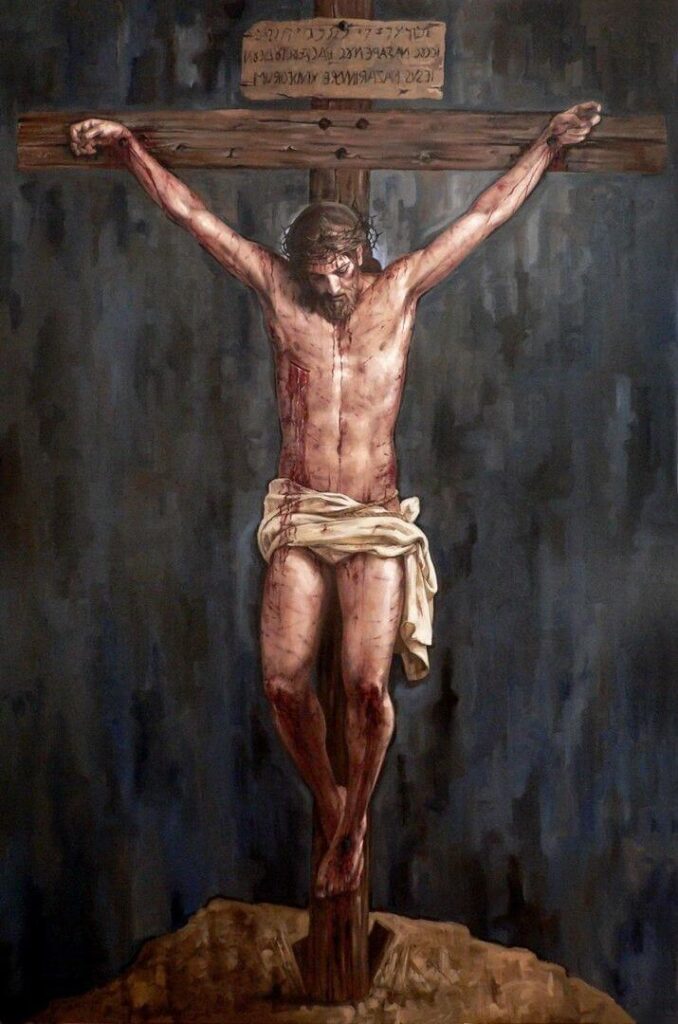
Among Christians, Psalms 22 is applied to Jesus at his crucifixion.
When Jesus cried out on the cross, he uttered the first verse of Psalm 22, which is “My God, my God, why have you forsaken me?”
Though Jesus didn’t say the rest of the passage, Christians regard the whole of it as pointing to the crucifixion episode (passion and resurrection).
Jesus was crucified by the Roman government’s authority at the urging of his Jewish enemies.
So, this represents the sword that Jesus is being fought with by his enemy.
“The darling” stands for the life that he offers as a sacrifice to God to save humanity from sins.
The “power of the dog” represents the enemies who had grouped like dogs to persecute Jesus.
They include the evil cabal of the Roman authority, the Jewish priests, and the power of Satan which was driving them.
Just like the Jews, Christians also attribute the words of Psalms 22 to King David.
However, they regard them as a foreshadowing or anticipation of Jesus Christ in his role as a sacrifice for sins.
In this sense, the passage is a prophecy about Christ, which found its fulfillment at his crucifixion and resurrection.
Filmmaker Jane Campion’s Movie, the Power of the dog

The Power of the Dog has inspired movie creation.
Perhaps the most captivating is Jane Campton’s 2021 film creation that was titled “the power of the dog.”
A western drama film that can be streamed on Netflix, it explores themes like homosexuality, revenge, homophobia, masculinity, and alcoholism.
The movie features 2 wealthy ranchers, Phil and George Burbank who are brothers.
It is set on a Montana ranch in 1925.
The ranching pair led an inseparable life together until George married a widow called Rose.
Rose came into the marriage with a teenage son called Peter who is also a medical student.
Phil is unhappy about this marriage because it interferes with their previous relationship with George.
He turns his rage against Rose subjecting her to psychological torture over a long period.
In a bid to protect his mother, Peter engages Phil in a long subtle mind game.
He eventually kills him through an innocuous-looking cowherd that carries the lethal anthrax germs.
The film finishes with Peter reading the words “power of the dog” from the Bible.
Maud’s Art illustrations

The Power of the dog is also the title of a book by ArtherCroxton Smith produced in 1910/11.
It features art illustrations of 15 different dog breeds by Maud Alice Earl.
Maud was a 19-century British-American dog painter whose work won acclaim among dog enthusiasts.
Some of the breeds painted included the English Springer, the Pyrenean Mountain Dog, the Boston Terrier, the Sealyham Terrier, and the Pekingese Puppy.
Conclusion
The “power of the dog” is a fine example of biblical words that evoke powerful passions and emotions.
It starts dramatically enough in the pages of the bible, themed on tragedy and triumph; then it pours into the modern imagination to be expressed in art, film, and novel.
Other Posts You May Enjoy:
Bible Verses about Dogs in Heaven
What Does the Bible say about Selling Dogs?
As an Amazon Associate, we may receive a small commission from qualifying purchases but at no extra cost to you. Learn more. Amazon and the Amazon logo are trademarks of Amazon.com, Inc, or its affiliates.

